
Forgotten on Mars Matt Damon in the Hollywood blockbuster “the Martian” had to cope with many difficulties to survive on the red planet. However, in real life to fight for this life would have long before, as you will get to the Mars. After all, in addition to radiation, psychological and physical problems associated with long stay in space, man will have to face other trials in real flight to Mars. Let’s look at the most obvious ones.
Longer Martian day

The Martian day is 40 minutes longer than on Earth. And although at first sight is possible, conversely, to rejoice in the fact that you will have as much as 40 minutes more each day, it really can be a very serious problem, since the daily biological rhythm of a person is calculated for 24 hours. An additional 40 minutes each day on Mars will soon cause the person to develop a syndrome endless jet lag, which, in turn, will manifest itself in the form of constant fatigue and poor health.
Operators space Agency NASA has managed to experience the “joy” of this syndrome, since they had to operate in accordance with the Mars, as soon as one of the first sent to Mars Rovers began their daily work on the red planet. All workers of the space Mars mission “sojourner”, for example, adhered to the same period in which we had to operate the Rover. A month later, this busy schedule the operators, that is, exhausted.
For future Mars Rovers control center NASA was able to successfully adhere to Mars time for three months, but by the end of the mission workers was still very much tired. Based on observations, scientists have found that people are able to follow Martian time only for short times. Astronauts who have to stay on Mars for months, will not be able to get out from under the Martian time.
Earlier research on sleep has shown that the human body has a natural 25-hour biological rhythm, however, as it turned out, the results of these studies were wrong. After the new observation none of the participants could not adapt to Martian time.
Reduced gravity
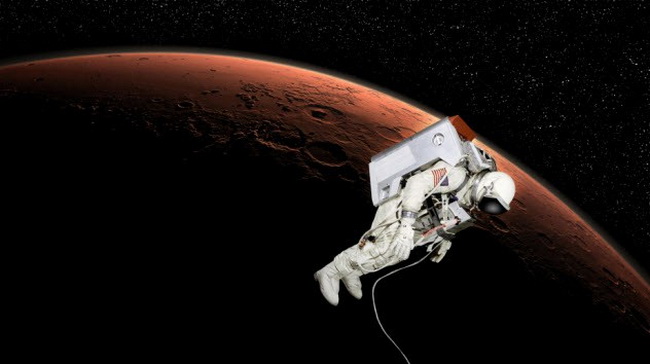
Despite the possibility of simulation of space travel to Mars aboard the International space station by a long stay on it, the effect of prolonged exposure on the human body Martian gravity (is 38 percent of earth’s) is still a mystery to scientists. Would such a long exposure to partial gravity, to maintain the integrity of the muscular and skeletal density? And if not, how to deal with it? Considering that any flight to Mars the person will have to spend many months in a sealed tin can, searching for answers to these questions is a critical aspect.
Under not the most ideal simulations two studies in mice showed that the loss of bone and muscle mass in the conditions of Martian gravitation can be equivalent to its complete absence. The first study found that even being in the conditions with 70 percent from the earth’s gravity will not prevent the loss of muscle and bone mass.
In the second study, researchers found that the mice, being in conditions of reduced gravity, has lost at least about 20 percent of skeletal mass. Note, however, that all these studies are based on simulations. As long as the astronauts do not actually land on Mars, to know the true effects of reduced gravity on their bodies will be impossible.
The harsh Martian surface
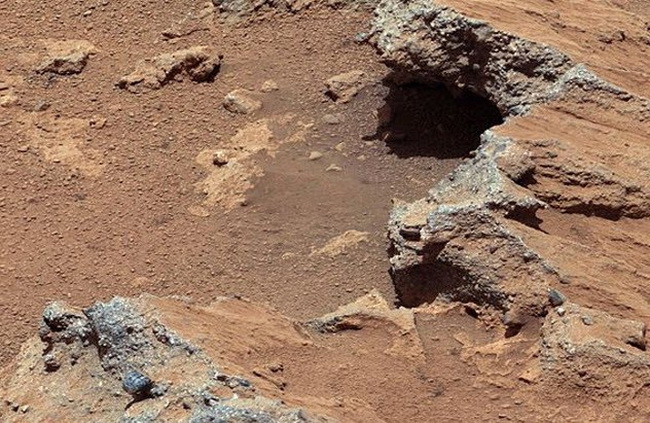
The first thing he discovered after Neil Armstrong step on the moon, was that the boarding area was literally covered with large boulders that are hazardous to the lander. The same problem may arise for the astronauts who will land on Mars. They will have very little time to identify and avoidance of contact with the lander on such cobble-stones, or sandstones. Stones and different slopes can result in overturning of the Martian lander. The fact is that even very large changes in surface planes, are very difficult to detect from orbit, so the people who will be creating plans for the planting, such changes just happened to miss.
Small cracks and depressions can also fool the sensors that, in turn, can lead to untimely release of the parachutes and landing legs, as well as the incorrect automatic calculation of the landing speed. The chances that the lander might end up in disaster because of incorrectly analyzed the landing area, is surprisingly very high. One of the studies revealed that these chances make up about 20 percent.
The size of the head fairing of the rocket
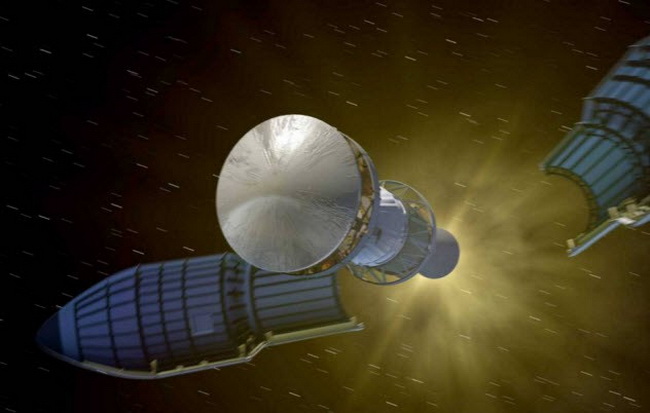
When developing a manned Martian landing module almost instantly there is one serious technical problem is the diameter of the head fairing of the rocket, the Martian module will be launched. Despite the fact that at the moment the diameter of the large fairing is 8.4 metres, it will be very difficult to make the size compatible with the design of a manned Mars lander.
Protective heat shield necessary for protection of heavy loads, in this case, it will be too huge to fit under the fairing. So in this case, most likely, have to use an inflatable heat shield technology, which to date is only at the experimental stage.
If you use the current design of the fairing for the Mars mission, you will need to use a much more compact lander, which would correspond to a diameter of 8.4 m fairing. Any larger modules simply will not fit.
Even if it was decided to use smaller landing module, then most likely, because of these technical limitations will have to redo his design. I will have to rework not only the location of the astronauts, but also the fuel tanks of the module. The size of the fairing change will not work, because it destabilizes the rocket.
Supersonic TDU
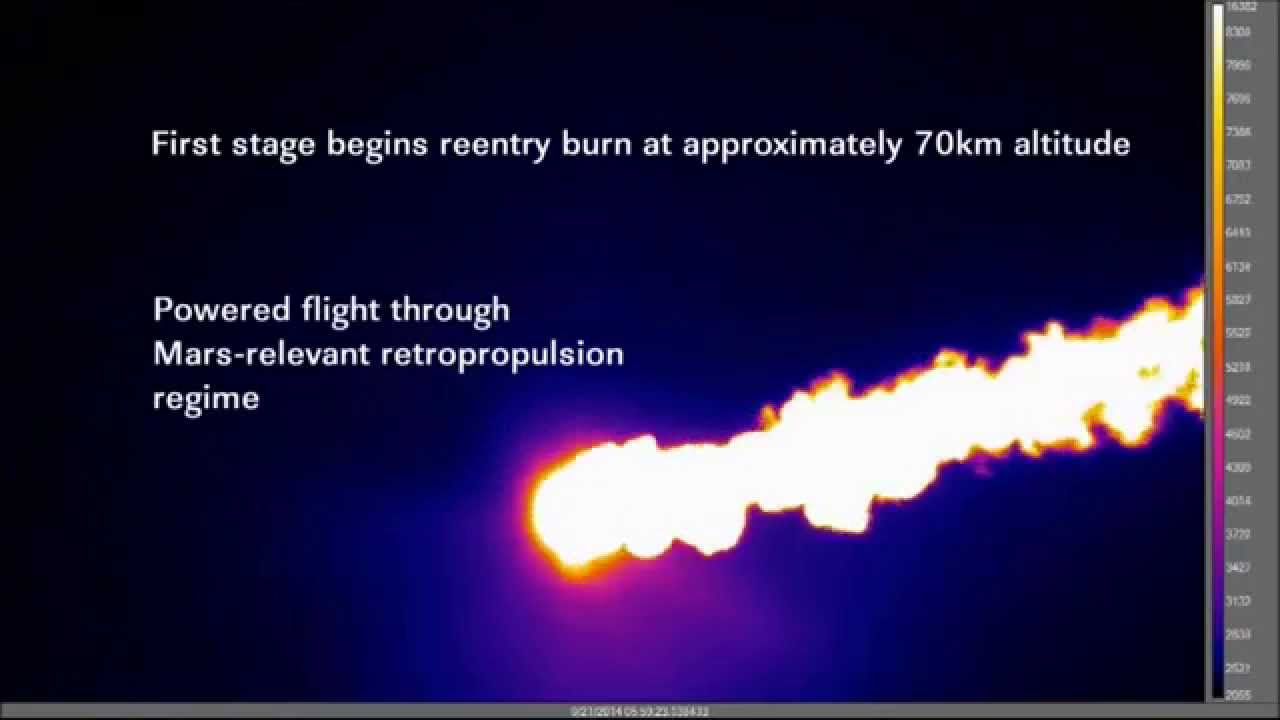
One of the main ways to reduce the speed of the landing Martian module for soft docking with the Mars surface is the system of braking of supersonic propulsion unit (TDU). The idea is in use directed in the direction of motion of jet engines for deceleration of the apparatus at supersonic speeds.
The use of supersonic TDU thin in the rarefied atmosphere of Mars is imperative. However, starting the engines of supersonic facilities may create a shock wave that could damage the Martian lander. NASA, for example, virtually no prior experience using similar procedures, which, in turn, reduces the chances of the success of the entire mission.
This technology has three problematic issues. First, the effect of the interaction between the air stream and the exhaust gases of the engines can literally destroy the lander in half. Secondly, the heat generated by the exhaust working out of rocket fuel that can heat the lander. Thirdly, to maintain the stability of the lander at launch supersonic TDU can be a very daunting task.
Despite the earlier small-scale tests such TDU with the use of wind tunnels requires the implementation of many full-scale tests to determine the reliability of the system. This is a very expensive and time consuming task. However, the same NASA, perhaps there is an alternative (indirect) tests of similar systems. U.S. private company SpaceX is actively trying to develop a reusable rocket, which uses the same principle of landing. And it should be noted that progress in this direction.
Static electricity

Yes, Yes, the very thing from which the hair stand on end, or there will be a small electric shock when you touch either. Here on Earth, static electricity can, and is the subject of various jokes and pranks (though in earthly terms it can also be dangerous), but on Mars, static electricity can result in serious problems for astronauts.
On Earth, the most static discharges occur due to insulating properties of the rubber bases of the shoes that we wear. On Mars with an insulating material to serve as the surface of Mars. Even just clicking on the Martian surface, the astronaut can accumulate static charge of sufficient force to burn the electronics, for example, the input gateway air chamber, just touching the outer metal skin of the ship.
Feature and dryness of the Martian surface makes it an excellent insulating material. Particles of the Martian surface can be up to 50 times less than particles of dust on Earth. When walking on it, on the boots of astronauts will accumulate her a certain stock. When the Martian wind will blow her, his shoes will accumulate enough charge to cause a slight electric shock, which in these conditions may be enough to bury the entire mission.
Mars Rovers operating right now on the red planet, using a special needle, which discharges the charge in the atmosphere and do not allow it to affect the electronics of the Mars Rover. In the case of manned missions to Mars will require the use of special spacesuits that will protect astronauts, and the equipment they will use.
A suitable booster
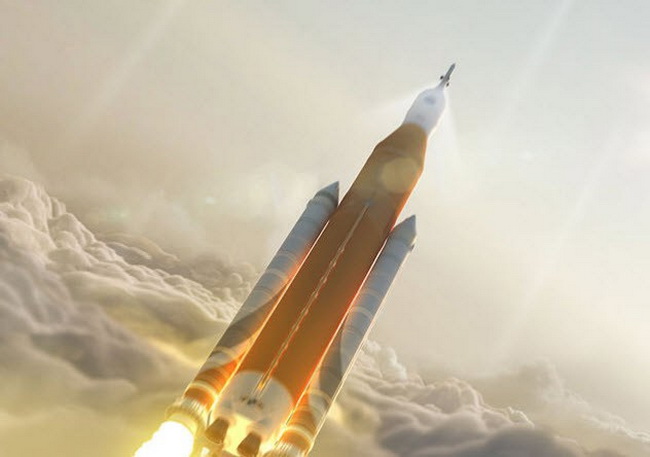
Space Launch system (Space Launch System, SLS) is currently the largest in development on a carrier rocket, which they plan to use in the near future. This rocket West is planning to use for manned missions to Mars.
According to current NASA plans, one for a manned mission to Mars would need dozens of missiles SLS. However, the current ground infrastructure to launch SLS only on minimal parameters satisfy the necessary conditions: you must have at least one room for the Assembly of missiles, one giant Transporter to deliver rockets to the launch pad and one launch pad.
If at least one of these components breaks down or can not cope with its task, it will have serious concerns about the availability of the necessary launch vehicle, which in turn will call into question the very possibility of a manned mission to Mars.
For example, any delay associated with configuring and testing all SLS systems can make serious changes to the graphics starts. The same problems can create significant and less technical problems and even weather conditions.
In addition, docking on the orbit needed to build spacecraft that go to Mars, requires compliance with the so-called launch window, ie the time within which you want to run missiles. In addition, the launch of a mission to Mars directly from the Earth’s orbit also requires compliance with certain time frames. On the basis of historical data about the early Shuttle launches scientists have developed a whole model of launches. They show a lack of confidence in the fact that the SLS rocket will be available for a certain launch window, which in turn may also put an end to any manned mission to Mars.
Toxic Martian soil
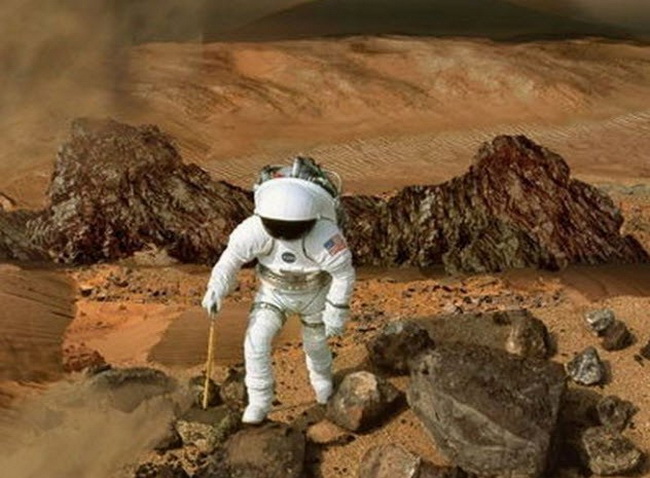
In 2008 automatic probe NASA has made a historic discovery. On the surface of Mars were discovered perchlorates. Despite the fact that these toxic reagents used in industrial production, they can cause people serious problems with their thyroid gland, even when used in small quantities.
On Mars, the concentration of perchlorate in the soil is 0.5 percent, which is very dangerous to humans. If the astronauts were to put these reagents in their Martian homes, eventually you will happen the pollution, and then poisoning.
To some extent, to reduce the possibility of contamination can help technology decontamination procedures, which are commonly used in the mining industry. However, to completely get rid of the problems in the environment of Mars does not, and therefore astronauts sooner or later will expect problems thyroid glands.
In addition, the perchlorate poisoning of the body associated with various diseases of the circulatory system. However, scientists in this direction have not moved, and therefore, the clarification of all the effects of perchlorate on the human body have yet to learn. Therefore, the long-term consequences of staying on the red planet is very difficult to predict.
It is likely that the astronauts will always have to take artificial hormones to keep their metabolism to combat the long-term effects of perchlorate.
Long-term storage of rocket fuel
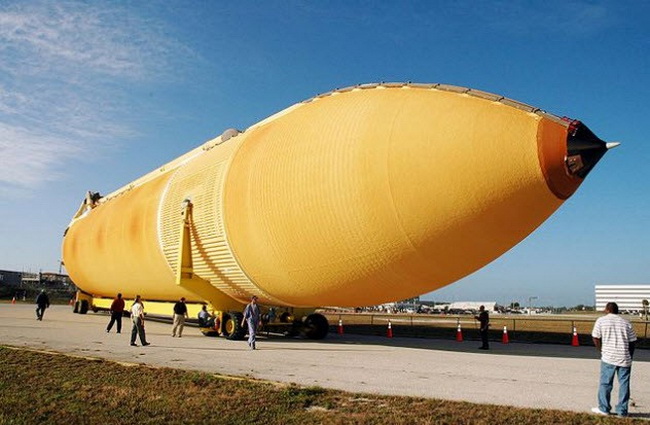
For the flight to Mars and back, we need rocket fuel. A huge amount of fuel. Most effective currently, rocket fuel is a cryogenic fuel is liquid hydrogen and oxygen.
This fuel storage must be kept cool. However, even with maximum training, according to statistics, from fuel tanks on a monthly basis is 3-4% leakage of hydrogen. If, while in flight, the astronauts discover that in their fuel tanks don’t have enough fuel for the return trip home, then — you know — there will be a complete disaster.
The astronauts will have to watch the boil-off of cryogenic fuel for several years until, until will be their mission on the red planet. Additional fuel could be produced on Mars itself, but its storage and cooling would require the installation of special coolers, which, in turn, need power to work. So before the mission to Mars we need to do a lot of long term testing of technologies, fuel storage, to make sure that we have enough under any circumstances.
Love and quarrel

In the framework of long-term space flights no one can renounce from the occurrence between the members of the crew of a romantic relationship. By the end of a hard day’s work to many people the necessary psychological and physical relaxation, the release of which are loving relationship. And although at first glance it all sounds cute and romantic, in practice, in the space this kind of relationship can very badly affect the whole mission.
In 2008, a group of people participated in the experiment. Long stay in an enclosed space was used as a simulation of a flight to Mars. The events of the experiment are out of control at a time when one of the “astronauts” was upset that his girlfriend refused to have sex with him and instead chose the third astronaut. Being in a constant state of stress and fatigue first astronaut at some point broke down, and it all ended with a broken jaw the third astronaut. If it was not an experiment, but a real space mission, such behavior would put serious doubt in its success.
Unfortunately, NASA is not even trying to consider all of these possibilities. According to a recent report by the National Academy of Sciences of the United States, NASA has not explored the issues of possible sexual relationship in the space missions to Mars and never worked possible the compatibility of psycho people in long-term space missions.
